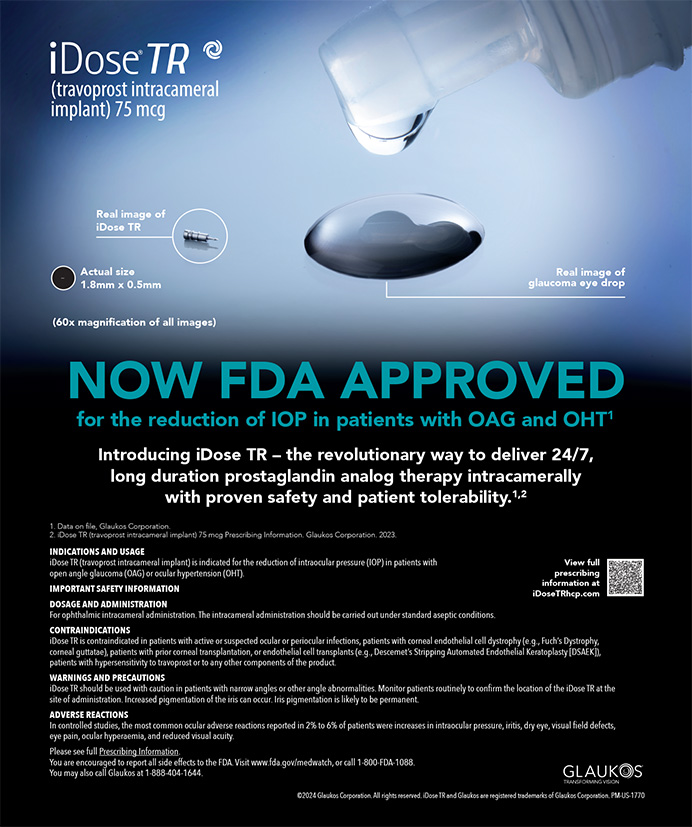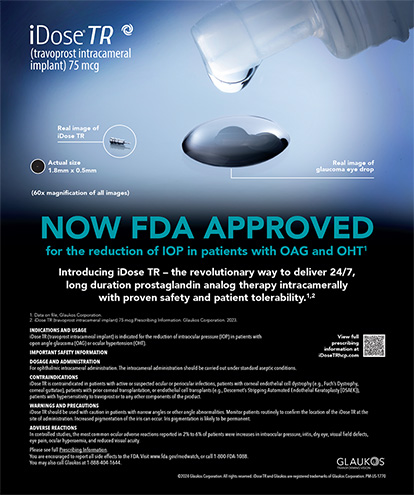
With a new era in health care comes new problems and challenges. Many of us have faced obstacles in our careers but likely none so profound as the one we are experiencing now. Certainly, we have overcome some of the immediate hurdles. We are back to work seeing patients, wearing personal protective equipment, practicing patient distancing, adjusting our schedules, and doing what we love in the OR. This new practice paradigm, however, hampers our ability to fulfill one of the most important and fundamental responsibilities of a physician: establishing trust and building a healthy doctor-patient relationship.
Specifically, although we can still communicate with patients verbally, we can longer use human touch and body language as we once did. No more handshakes, hugs, or gentle handholds of reassurance. No more visible smiles or facial expressions of concern, empathy, and caring. Moreover, how can we tell how patients in our exam chairs feel without seeing their faces? How do we know when they are happy or upset and need help? Body language and facial expressions are essential to how we communicate with and respond to patients. Whether we want to admit it or not, the COVID-19 pandemic is a massive disruption of the practice of medicine and our ability to care for our patients.
This problem is not ours alone. A condition referred to as touch starvation is getting increased attention as the pandemic wears on. Scientists at the University of Wisconsin studied the positive effects of touch and found that touch stimulates oxytocin release,1 which increases the sensations of trust, emotional bonding, and social connection and simultaneously decreases fear and anxiety responses in the brain. Could there be anything more critical to our ability to care for our patients than touch?
There are few things people fear more than losing their vision. We know how much anxiety our patients have at the thought of someone’s touching their eyes, let alone cutting them. The surgical consultation sets the stage for everything to follow. As successful as cataract surgery is overall, postoperative complications can occur. Refractive surprises, cystoid macular edema, and dry eye can delay the journey to patient satisfaction, and their resolution requires trust, compassion, and communication with our patients.
These conversations are often the most delicate and challenging ones we have each day. Holding a patient’s hand and reading the expressions on their face were critical parts of the process. Their absence makes health care harder for our patients and us. We must work extra hard to build trust and forge connections with our patients during these unusual times. Perhaps new ways will emerge to fill the gaps.
In the meantime, we must treasure the faces we can see and the people we can embrace.
Robert J. Weinstock, MD | Chief Medical Editor
1. Moehring F, Cowie AM, Menzel AD, et al. Keratinocytes mediate innocuous and noxious touch via ATP-P2X4 signaling. eLife. 2018;7:e31684.




